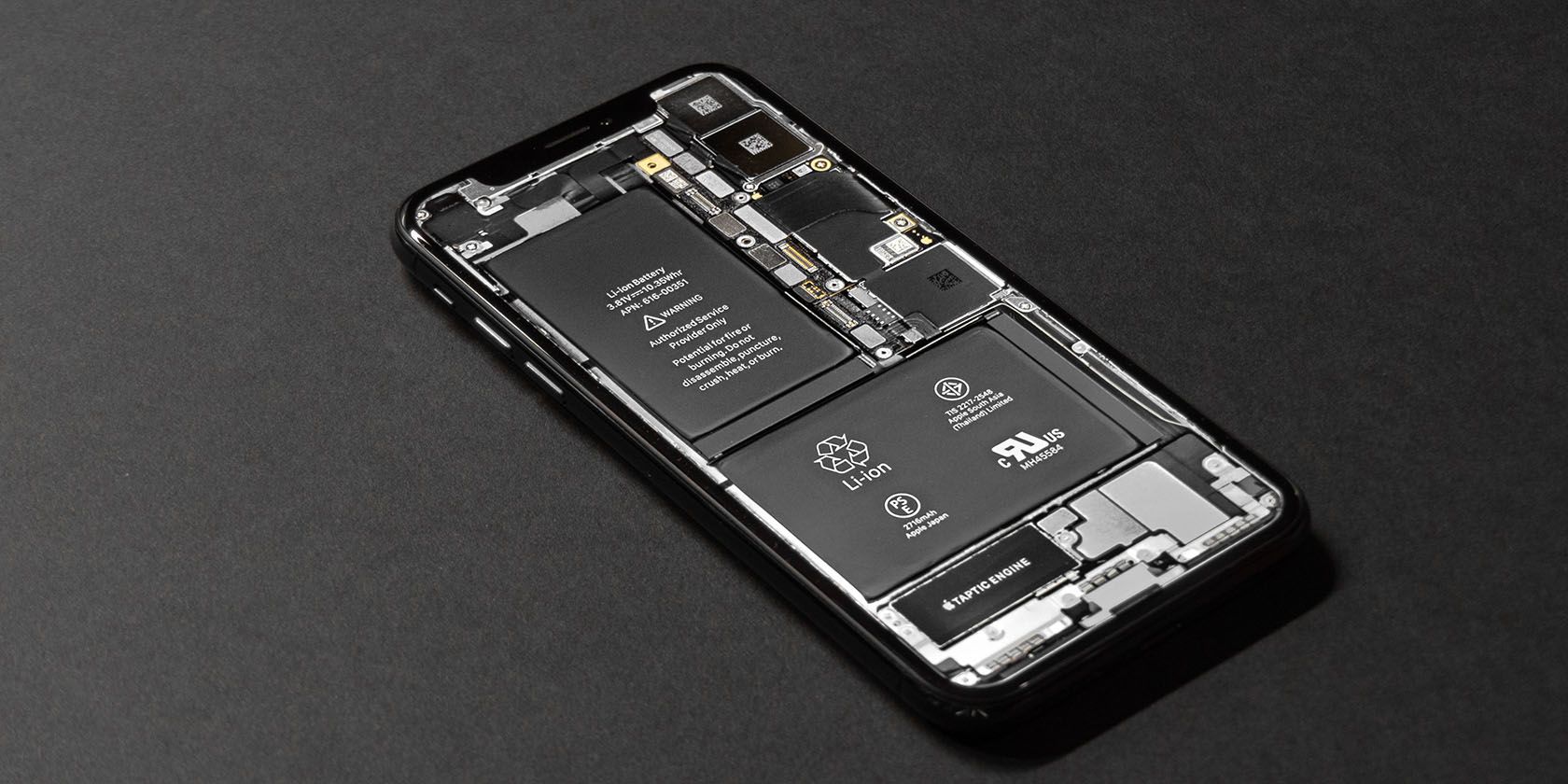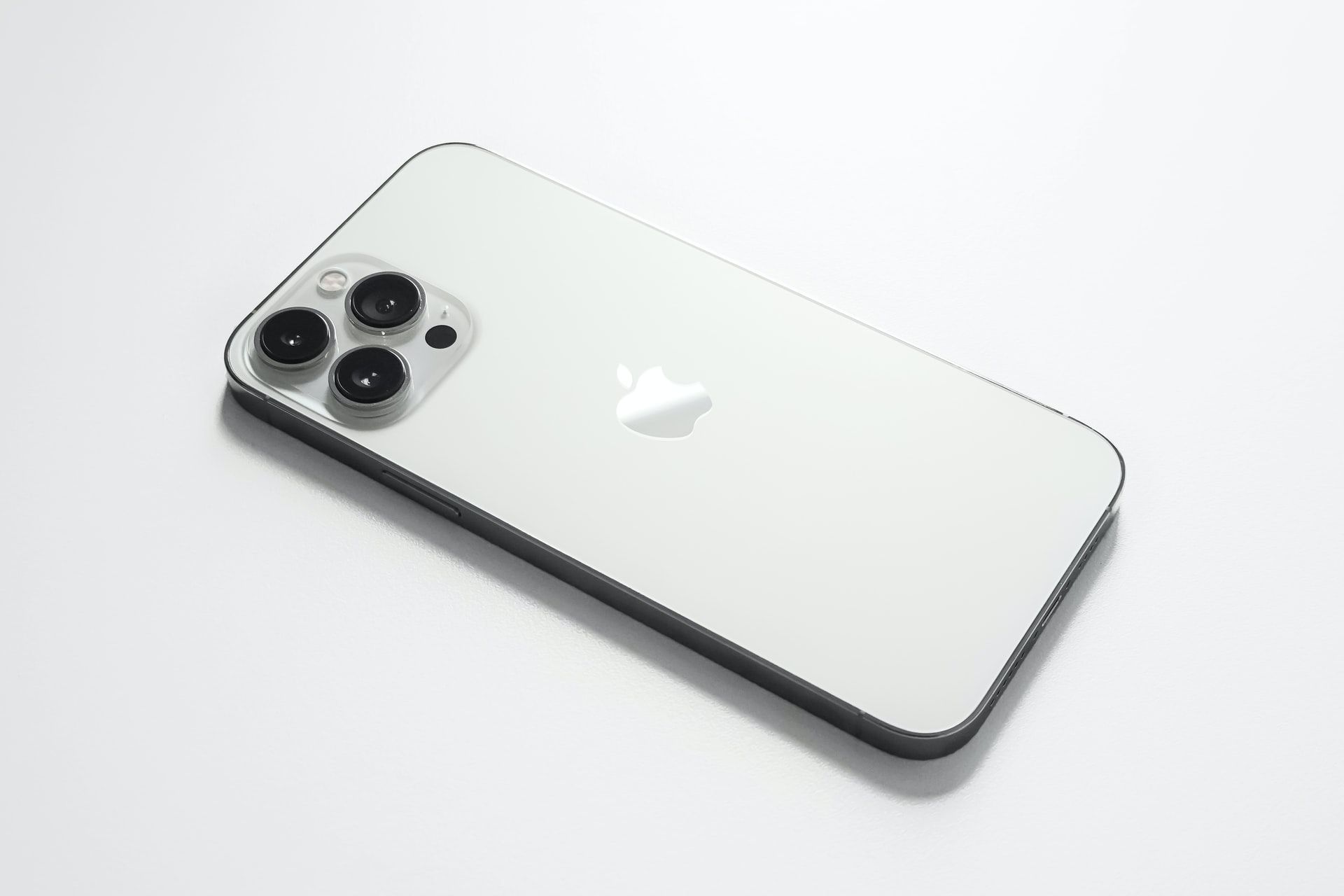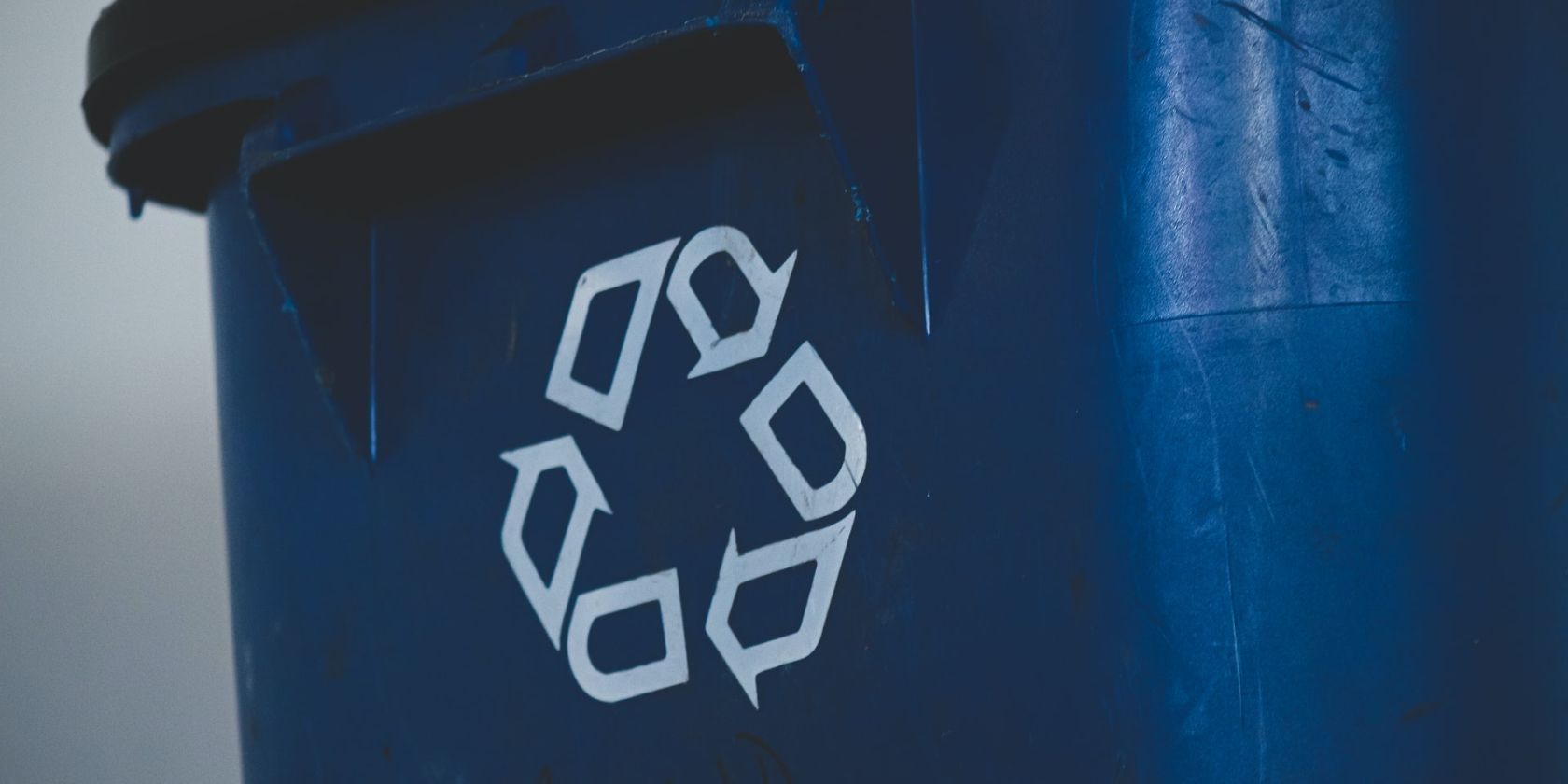In recent years, Apple has been making its mark when it comes to sustainability. From its creation of advanced robots designed to pick apart old devices to its selection of materials, Apple has proven time and time again that it's committed to reducing its environmental impact.
In this article, we'll discuss how Apple's recycling processes work and in what areas the company can still improve in order to truly call itself a sustainable company.
Apple's Roadmap Using Recyclable Products
In 2020, Apple made a commitment to be 100 percent carbon-neutral for its supply chain and products by 2030. Critical to this effort is a low-carbon product design, which is composed of recycled materials.
When it comes to electronic waste recycling, its supply chain includes three steps: collection, pre-processing, and end-processing.
While Apple works to fulfill these steps in various ways, there are two key ways that recycling plays a role in Apple's sustainability roadmap—sourcing and internal recycling processes.
Development of Apple's Internal Recycling Technology
In 2016, Apple launched Liam, an automated disassembly system, custom-built for the iPhone 6. According to Liam's white paper, Apple admits the various challenges involved with recycling its devices.
Due to the nature of traditional shredding technology, Apple needed to develop technology that could isolate particular materials from its post-shredder e-waste.
Two years later, Apple announced a recycling robot called Daisy, which was capable of taking apart 200 iPhone devices per hour. Unlike Liam, Daisy was capable of disassembling and sorting high-quality components of nine versions of iPhone for recycling.
Since then, the number of models Daisy can effectively take apart has grown to include over 15 models.
Daisy robots use a four-step process to remove iPhone batteries and pop out screws and modules. Previously, Apple forwarded these disassembled components to its trusted recyclers for extraction and refining.
However, in 2020, Apple's Daisy robots began passing on its dissembled iPhone parts to Dave robots. Dave is Apple's latest innovative recycling robot, which effectively dissembles and recovers key materials from an iPhone's Taptic Engine. Aside from rare earth magnets and tungsten, Dave robots are also able to recover steel.
In addition, Apple has also partnered with Carnegie Mellon University to further develop engineering solutions for electronics recycling in its Material Recovery Lab.
Sourcing Recyclable Materials in Apple Products Today
Aside from its technological advances in recycling, Apple also claims to source recycled materials using the strictest standards for smelters and refiners.
To be a source of raw materials for Apple's tin, tantalum, tungsten, gold, cobalt, and lithium, smelters and refiners participate in stringent third-party audits and mapping.
Among a variety of reasons why the iPhone 13 is an environmentally-friendly phone, Apple claims to manufacture the iPhone 13 with 99 percent recycled tungsten and 98 percent recycled earth elements.
In addition, the iPhone 13 is also the first time that an iPhone launched with 100 percent certified recycled gold in its logic board plating and 100 percent recycled tin in the solder of the main logic board and battery management unit.
The 14-inch MacBook M1 Pro Environmental Report also claims that is made of 100 percent recycled aluminum enclosure. In fact, the 14-inch MacBook M1 Pro is the first MacBook released that uses 100 percent recycled rare earth elements in all magnets.
Knowing all this, it can appear that Apple is already on the right track when it comes to recycling. However, it's not without its fair share of remaining issues.
Issues With Apple's Recycling Processes
In 2020, Apple sued Canadian electronics recycling firm GEEP for allegedly stealing and reselling Apple devices, which included iPhones, iPads, and Apple Watches.
Apple claimed that this endeavor significantly affected its sales for brand-new products. However, GEEP insisted that the initiative was by three of its employees and not a company-wide endeavor.
Although Apple was right to watch out for the safety of its consumers and flag this violation of their contract, the issue remains that over 100,000 repairable Apple devices were on the way to the shredder.
In fact, while Apple products can be recycled, not all countries have the facilities capable of recycling them.
Not to mention that Apple’s specialized robots that can process iPhones have limited capacity and are not available everywhere. In a 2019 press release, Apple reveals that its recycling robot Daisy can disassemble up to 1.2 million devices per year.
However, this barely makes a dent compared to the 49.26 million smartphones it sold in 2021 Q2 alone.
For this reason, many iPhones sold still end up in landfills as e-waste or contracted towards electronic recycling firms, which may not be able to recycle as effectively as Apple.
Contracts Against Salvageable Parts
According to Vice, Apple also allegedly forces its recycling partners to shred its devices, instead of allowing them to be salvaged.
While it's far from the only manufacturer that has these shred agreements with recycling companies, it does serve as a stark counter to its supposedly environmentally-friendly brand.
On paper, this move can definitely help consumers who may have sensitive, personal data that could be recovered in hard drives. However, in practice, it means that many usable parts which could be useful in repairing existing Apple devices become destroyed.
For Apple to call itself a truly sustainable company, Apple needs to resolve its existing issues within its recycling center contracts, which penalize salvaging usable parts and repairing usable items.
While this is tricky, because Apple still needs to maintain a certain quality for their products, changes in its refurbishing process or integration of industry-standard data destruction tools can help address this.
The Problem With Conspicuous Consumption
While Apple’s evolved recycling processes do significantly contribute to its goal of environmental sustainability, it’s still not a perfect solution. In fact, improved recycling processes are only one piece of a much larger puzzle. Despite its best efforts, Apple products still use rare earth materials, whose mining process takes an environmental toll.
In addition, while Apple's own recycling facilities may be able to do a better job than its partners, the reality is that there are many barriers that prevent Apple devices from making it back into Apple's hands.
Lastly, Apple's forced obsolescence of its devices through its software encourages upgrading to new devices, even when its hardware is still usable.
With most of the environmental toll of Apple devices coming from manufacturing, it makes sense that keeping them for as long as possible is the most sustainable option.




